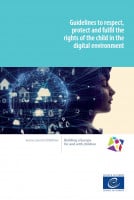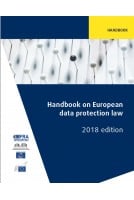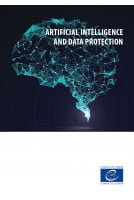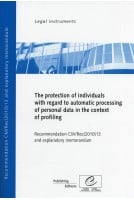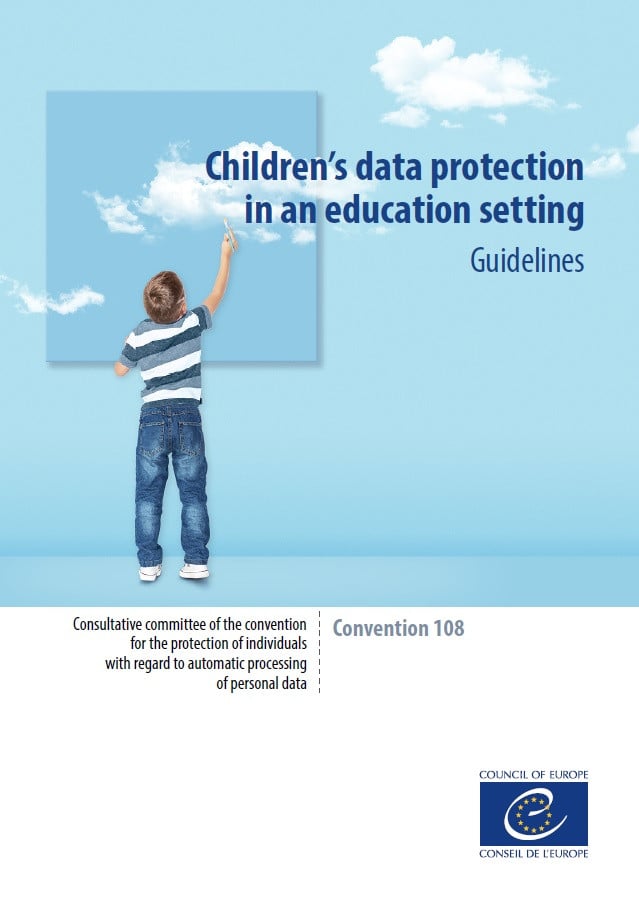Children's digital footprint: guidelines to support organisations and individuals in the educational context to respect, protect and fulfil children's rights in the digital environment
The digital environment shapes children’s lives in many ways, creating opportunities and risks to their well-being and enjoyment of Human Rights.
This applies in the everyday life but also increasingly in education settings where tools designed for teaching, supervision, assessment of children are deployed without the various actors always being aware of the challenges to children’s private life and personal data protection.
The introduction of digital tools to the classroom in effect opens up the school gates to a wide range and high volume of stakeholders who interact with children’s everyday activities. The majority of the devices and applications, software and learning platforms, adopted in educational settings are developed by private, commercial actors.
The Guidelines on Children’s Data Protection in an Educational Setting aim at supporting organisations and individuals in the context of education to respect, protect and fulfil the data protection rights of the child in the digital environment, within the scope of Article 3 of the modernised Convention 108 (more commonly referred to as “Convention 108+”), and in accordance with the CoE instruments including the Guidelines on Children in the Digital Environment Recommendation CM/Rec(2018)7.
1. INTRODUCTION 2. SCOPE AND PURPOSE 3. DEFINITIONS FOR THE PURPOSES OF THE GUIDELINES 4. PRINCIPLES OF DATA PROCESSING 5. FUNDAMENTAL PRINCIPLES OF CHILDREN’S RIGHTS IN AN EDUCATIONAL SETTING
5.1. Best interests of the child
5.2. Evolving capacities of a child
5.3. Right to be heard
5.4. Right to non-discrimination
6. RECOMMENDATIONS FOR LEGISLATORS AND POLICY MAKERS
6.1. Review legislation, policies and practice
6.2. Offer effective support for children’s right to be heard
6.3. Recognise and integrate the rights of the child
7. RECOMMENDATIONS FOR DATA CONTROLLERS
7.1. Legitimacy and lawful basis
7.2. Fairness
7.3. Risk assessment
7.4. Retention
7.5. Securing personal data in an educational setting
7.6. Automated decisions and profiling
7.7. Biometric data
8. RECOMMENDATIONS FOR THE INDUSTRY
8.1. Standards
8.2. Transparency
8.3. Design features with data protection and privacy implications



